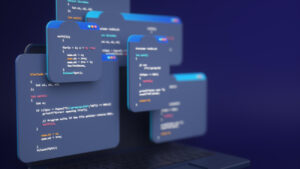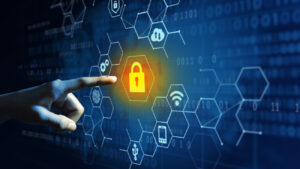The digital age has brought several good things with it, and digital twins are a concept that has been talked about in recent times observed by Bahaa Al Zubaidi. This is a transformative technology related to IoT and software engineering. Before you go ahead, you need to know what digital twins are.
In simple terms, a digital twin is a physical object’s, system’s, or process’ virtual representation. This mirrors the real-world object in real-time. A technology that enables engineers to track, analyze, and optimize physical processes and assets, it leads to enhanced performance and proficiency spanning many industries. It is important to dwell on some of the benefits and features of this new technology.
Analysis and Tracking in Real-Time
Digital twins offer real-time insights into the behavior and performance of systems and physical assets. Data is collected and analyzed through sensors embedded in the assets themselves. This permits engineers to create precise digital copies and garner their immediate state and behavior. This means that monitoring takes place in real-time, and allows for predictive analytics and proactive maintenance. Engineers can respond to issues quicker and rectify problems faster, reducing downtime.
Simulation with Predictive Modeling
Digital twins allow engineers to simulate and imitate the behavior of physical assets and systems under various conditions and scenarios. With the incorporation of historical data, operational factors, and environmental parameters into digital twin models, engineers predict future outcomes. This results in the optimization and innovation of product design. Furthermore, it brings efficiency into all aspects of the product manufacturing process.
Remote Control and Optimization
Physical assets and processes can be controlled and optimized remotely via the technology of digital twins. Through the channels of augmented reality and software interfaces, engineers are permitted to track and adjust parameters in real-time frameworks. The remote nature of these operations is specifically warranted in hazardous or complex environments which may pose a risk in operations.
IoT and Sensor Network Integration
Digital twins are mainly integrated with sensor networks and IoT devices, which provide the data required to create plus update digital twin models. IoT sensors get data on different parameters like temperature, vibration, pressure, and flow rate. This is then fed into digital twin models for assessment and visualization. Integration results in seamless communication between physical objects and digital representations, with real-time feedback and control becoming a possibility.
Digital Twins – Applications Spanning Industries and Sectors
Digital twins have applications spanning a broad range of industries, comprising healthcare, manufacturing, energy, transportation, and smart cities. For instance, in the manufacturing industry, digital twins are used to optimize product quality and production processes, as well as reduce waste.
Ethical Use and Security
With the emergence of IoT and the advancement of digital twins, there are certain security and ethical considerations to address. As there is widespread collection and use of data involved, solid data protection systems must be in place to avoid breaches. In communication networks and IoT devices, particular security vulnerabilities may pose risks to the confidentiality of digital twin data.
The rise of digital twins is well-poised for advancements in software and related technologies. Organizations can optimize processes and systems to make the most of effort and time by using this technology and harnessing the benefits of innovation, efficiency, and decision-making. Nonetheless, compliance must be in order and regulations in place for the technology to be of true human advantage to all.
The article has been written by Bahaa Al Zubaidi and has been published by the editorial board of www.techdomainnews.com





